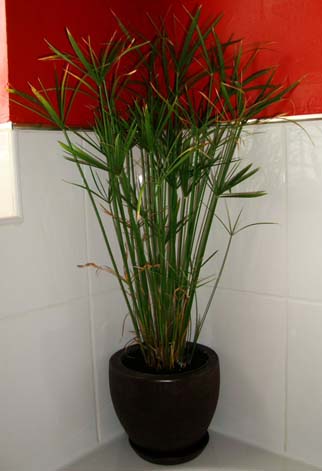

This is a much more terrestrial plant than the usual umbrella sedge. alternifolius) and a distinct cluster of green leaves at the base of the stems. diffus) : This is a very different species in many ways: shorter (the variety usually seen is actually ‘Nanus’, about 12 inches/30 cm tall), with broader leaves, a triangular stem (not cylindrical like C. Photo: Maja Dumat, Flickrīroadleaf Umbrella Sedge ( C. You can keep it going for years! Broadleaf umbrella sedge ( Cyperus albostriatus) has leaves at the base. ‘Zumula’ will instead act like a cut and come again lettuce: the more kitty chews on the top, the more it will sprout from the base. Of course, other plants are sold as cat grass, notably oats ( Avena sativa), but these are annuals and need to be sown over and over. alternifolius ‘Zumula’): This extra dwarf cultivar (rarely more than 10 inches/20 cm tall) is being sold as cat grass. Zumula cat grass ( Cyperus alternifolius ‘Zumula’). They usually give either all green plants or albino ones with no green at all. It doesn’t come true from seeds, nor even from cuttings. It tends to revert to the all-green form, so prune out any entirely green stems. It produces irregular white stripes on the both the stem and the bracts and can be quite striking.


alternifolius ‘Variegatus’): This is also a modest-sized variety, usually about 18 to 36 inches (45 to 90 cm) tall, although under truly tropical conditions, it can become much taller. Variegated umbrella Sedge ( Cyperus alternifolius ‘Variegatus’).

alternifolius ‘Gracilis’): What you usually see in homes is this dwarfer, more delicate-looking variety, usually around 18 to 36 inches (45 to 90 cm) tall with fewer and narrower bracts. It’s just a bit too big to place on most windowsill sills!ĭwarf Umbrella Sedge ( C. alternifolius) is actually rarely grown indoors, although it’s frequent outdoors in tropical climates. The genus name Cyperus comes from the Ancient Greek “kúpeiros” for sedge, while alternifolius is Latin for “with alternate leaves.” The genus contains over 700 species and is found all over the world except Antarctica, as some are tropical climates and others adapted to temperate climates. It doesn’t escape from culture in more temperate climates, though, as it is not frost hardy. It has since naturalized in many tropical countries all over the world. This semi-aquatic plant originally grew wild throughout much of tropical Africa, Madagascar and the Arabian Peninsula in fresh-water wetlands, along rivers, in ditches, etc. The umbrella sedge divides abundantly at the base, so the original small clump can grow to entirely fill its pot. They eventually release seeds that can sprout in nearby pots. The flowers are not unattractive, nor are they stunning, but do add interest to the plant. Short stems of cluster yellow-green flowers eventually turning brown appear from among the bracts during the summer months. This foliage plant grows as a clump of upright cylindrical green stems up 4 to 6 feet (1.2 to 2 m) tall, each topped with the aforementioned whorl of 10 to 25 flat leaflike somewhat drooping bracts.


 0 kommentar(er)
0 kommentar(er)
